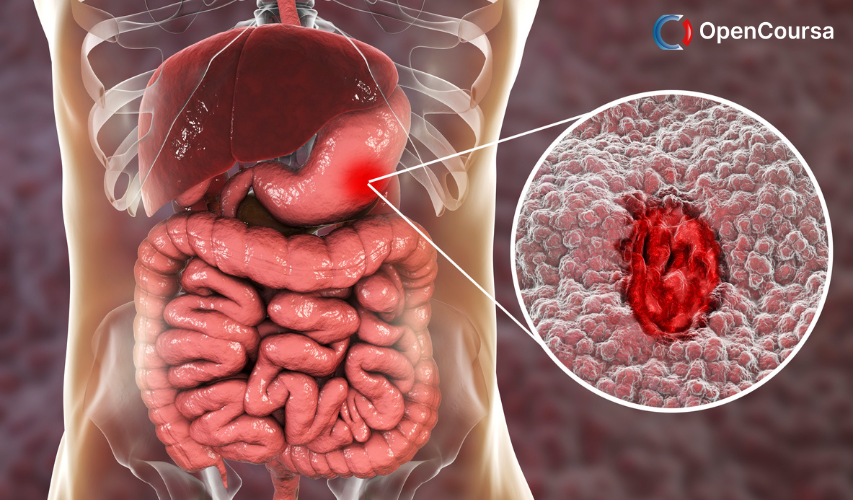Home » Course Layouts » Free Course Layout Udemy
This course, Interpreting data: Boxplots and tables, is concerned with two main topics. In Section 1, you will learn about another kind of graphical display, the boxplot. A boxplot is a fairly simple graphic, which displays certain summary statistics of a set of data.
0
66
English
English [CC]
FREE
- Learn basic syntax that can apply to any language.
- Learn what is a programming language and the basic concepts for beginners.
- Understand what is Javascript in it's truest form.
- Know the basic syntax of Javascript.
- Know some hidden quirks in Javascript.
Description
Course learning outcomes
After studying this course, you should be able to:
- Understand and use the following terms: boxplots, box, whisker, upper and lower adjacent values, rate, time series, line plot
- Demonstrate an awareness of the idea that the general pattern of a set of data, in terms of location, dispersion and skewness, can be graphically represented in a boxplot
- Understand that boxplots can be used to provide a quick and simple comparison of data sets
- Understand that patterns in tabular data can be made clearer by leaving out unhelpful information, by including extra pieces of useful information, or by drawing appropriate graphs
- Describe and compare data sets on the basis of boxplots.
Course content
- Introduction 00:10:00
- Learning outcomes 00:10:00
- Overview 00:10:00
-
- Boxplots 00:05:00
- Simple boxplots 00:20:00
- Boxplot activity 00:20:00
- Comparing data sets using boxplots 00:20:00
- Boxplot activity 2 00:20:00
- Summary 00:15:00
- Exercise 00:20:00
-
- Producing useful tables 00:10:00
- Data sets in different tabular forms 00:20:00
- Basic table layout 00:20:00
- Table activity 00:10:00
- Including the results of useful calculation 00:30:00
- Early retirement from the National Health Service 00:30:00
- Summary 00:10:00
- Interpreting data in table 00:10:00
- Health personnel in Thailand 00:20:00
- Health care personnel in Thailand: activities 00:30:00
- HIV testing in sub-Saharan Africa 00:30:00
- Guidelines for graphics 00:20:00
- The British Crime Survey 00:30:00
- Summary of Section 3 00:10:00
- Conclusion 00:20:00
N.A
- 5 stars0
- 4 stars0
- 3 stars0
- 2 stars0
- 1 stars0
No Reviews found for this course.
Instructor
Open University UK
4.8
4.8
14
43384
1068
Explore Free Courses
Access valuable knowledge without any cost.
{"title":"","show_title":"0","post_type":"course","taxonomy":"course-cat","term":"engineering-skills,health-and-safety","post_ids":"","course_style":"free","featured_style":"course6","masonry":"","grid_columns":"clear4 col-md-3","column_width":"268","gutter":"30","grid_number":"4","infinite":"","pagination":"","grid_excerpt_length":"20","grid_link":"1","grid_search":"0","course_type":"","css_class":"","container_css":"","custom_css":""}










